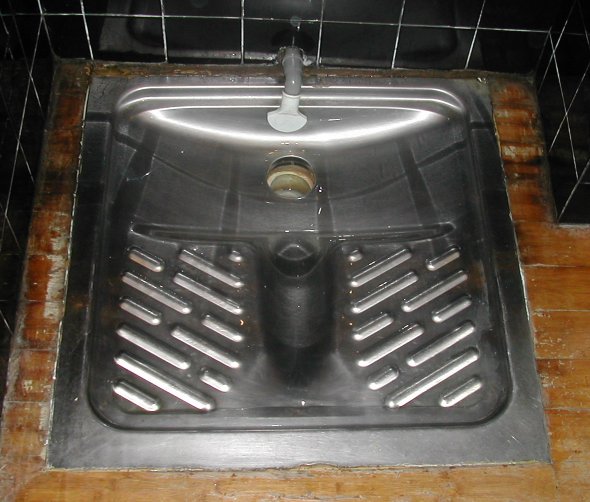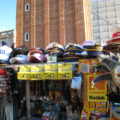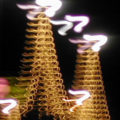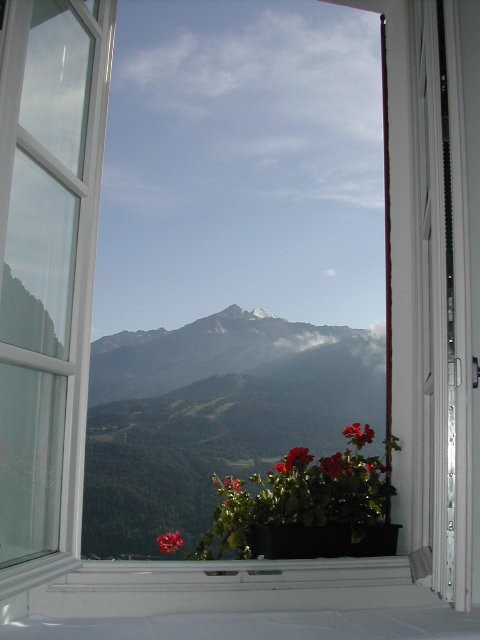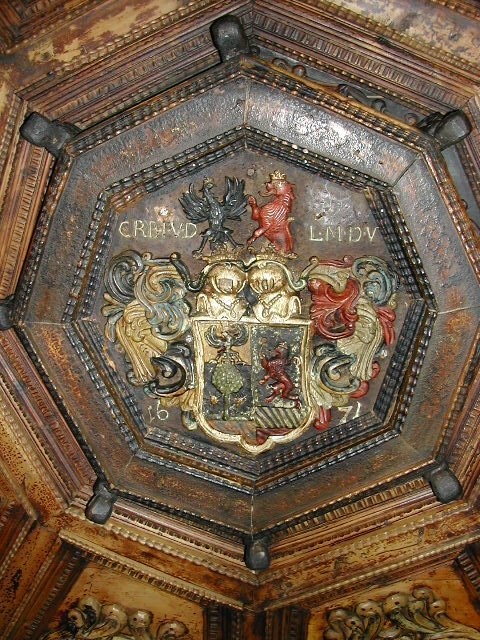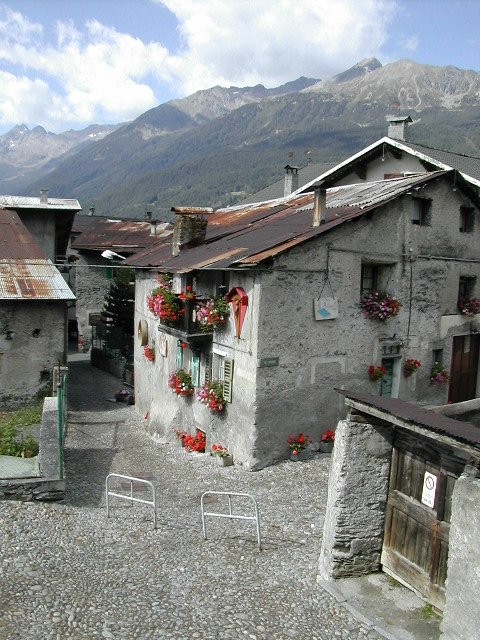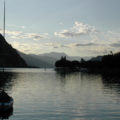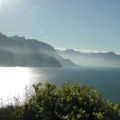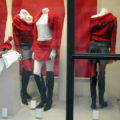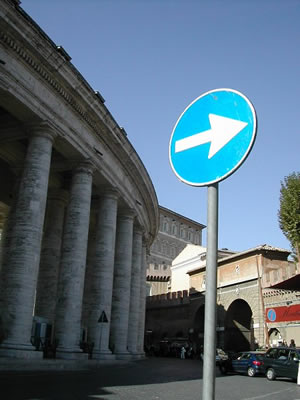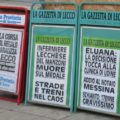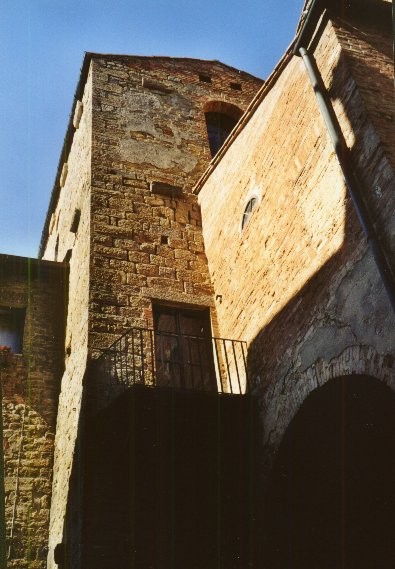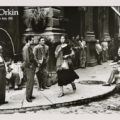In the Brussels airport, I saw a new piece of technology that I just had to try out: the Lady P Urinoir (in the ladies’ bathroom, naturally). There were written instructions in four languages: “1. Assume skiing position.”
Fortunately, there were also stick-figure illustrations, otherwise I would have had to puzzle about “skiing position,” not being a skier. This instruction displays a certain cultural insensitivity; surely, at an international airport, they don’t think that every visitor knows how to ski?
It would be useful if other kinds of toilets also came with instructions. I’ve never seen such a bewildering variety of toilets as I have in Italy. The part you sit on is standard (unless you encounter an old-fashioned squatter; some Americans might be confounded by this), but working out how to flush it may be a challenge.
Here are a few of the options I’ve seen:
American-style tank behind the seat, with flush on upper right corner. The flush may be a button on top of the tank, or a plastic tab sticking out of the upper right side of the tank.
High wall-mounted tank (nostalgia items for some of us), with a pull chain dangling down.
Tank or flush pipes hidden in the wall. Here’s where it gets tricky; there are a zillion ways to flush these things, including:
- A simple handle that you turn to open a faucet; let the water run til the evidence is flushed away. This ecologically sound – you use exactly as much water as needed – but it’s frustrating when water pressure is low and you’re in a hurry to leave the bathroom.
- Buttons on the wall somewhere, usually (but not always) above the seat. This can be a small metal button, or a round plastic one, mounted on a larger plastic plate, that you push once to flush. The cleverest I’ve seen is the double button, a trapezoidal shape divided into larger and smaller sections. I assume that this is a water-saving feature, where the size of the section determines the size of the flush: push the small button for a small job, the big button for a bigger job, or, if you’re really worried, both buttons together.
- Step-on rubber button near the floor, sticks out at an angle, usually on the right side of the bowl. Step on it hard for as long as you want the flush to last.
- A round plastic button sticking out of the wall at waist level next to the toilet, where you’d more or less spot it while you’re sitting, but may not notice it when you stand up
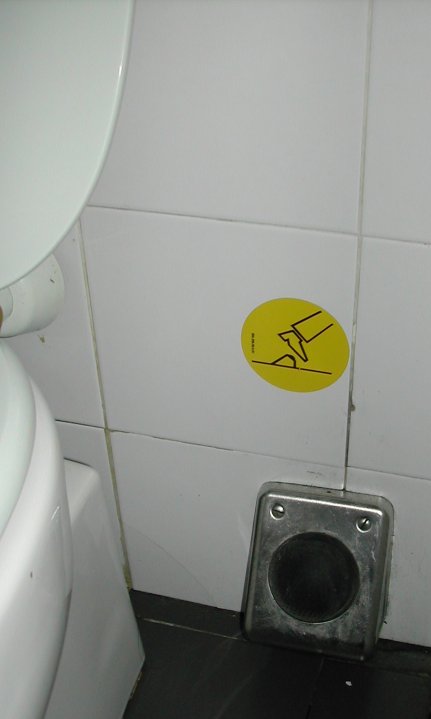
Note that the “helpful” graphic shows an impossible foot position.
- Wave-activated sensor. When you’re done, wave your hand in front of the photocell on the wall behind the bowl (there’s an illustration encouraging you to do this), and the flush will take care of itself.
- Automatic flush. These are supposed to detect when you sit down and when you get up again, but they are almost always miscalibrated and go off while you’re still sitting. And they tend to flush hard – eeyow! that water’s cold! Worse, this is the type most commonly found in roadside rest stops, where the bathrooms are not heated in winter.
When you’ve conquered the toilet, you face the challenge of washing your hands. Many bathroom sinks are equipped with photo sensors, but these can be fussy. I have one friend whose hands are transparent to them – no amount of waving around will get her any water; someone else has to put their hand in front of the sensor for her. Some faucets are activated by pedals on the floor, one for hot and one for cold – highly sanitary, as you don’t have to touch anything with the hands you’re trying to clean. I’ve even seen sensor-activated soap dispensers!
The Unbearable Lightness of Peeing
Had a good laugh at your article on ’50 Ways to Flush a Toilet’. I laughed louder at the German description of the P-lady:
Translated (approximately – have to go from German to Dutch to English):
[NB: Translation based on text at a previous link.]
“Compared to a conventional toilet, the Lady P. is much smaller, more compact, but with its peculiar(*) form it radiates warmth and a certain degree of cosiness(*)”
I have never in my life associated cold white porcelain with “warmth” and “cosiness”, so I wonder if they also produce office furniture. If they can make a toilet radiate warmth, imagine what they could do with a desk or chair!
(*) – Used a Dutch to English dictionary…
Mike Looijmans
Another American looks at Italian toilets, with photos (site not for the squeamish!).

